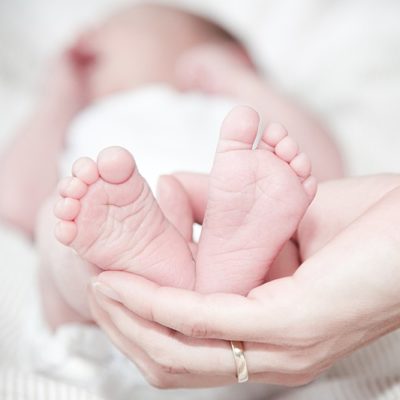by Anthony Siegrist
It is a late-November morning. The dog and I are off for a walk. There are six inches of snow on the ground and the thermometer says it is -17° C. Last Sunday our congregation celebrated the arrival of four new children, so today I’m thinking about durability.
We hold these celebrations twice a year and each time we catch a sixth-month harvest. On these Sundays, a parent will introduce each child. And then either I or my colleague will wrap the little one in a blanket made by the congregation’s quilters. When I perform this ritual, I tuck the infant in one arm, place my other hand on him or her and say something like this:
Welcome into this congregation. We are thankful for you and we rejoice with your family at your presence in this world. May God bless you, may you grow in wisdom, in strength and in right relationship with those around you.
Then my colleague will read a bit of a Psalm. The parents and the congregation will exchange commitments. Each family will keep the blanket in which their child was blessed. I hope they also keep a long-lasting sense that their church shares in their happiness. I hope too that they keep the knowledge of their congregation’s commitment to walk with them when the cute addition starts to cause problems.
The world these children will inherit
It is natural in moments like these to think about the world these children will inherit. This is what I’m thinking about as I walk. The trail I’m on is a repurposed railroad grade. It once carried trains from Tupper Lake in the Adirondack Mountains to Ottawa. Now, depending on the season, it carries runners, bikers, skiers, dog walkers and probably teenagers sneaking home late at night. Sometimes I wish we could still take the train to upstate New York. The trail is not particularly grand, but even so, I’m thankful that the passageway has lasted this long. Walking here isn’t hard at all, even with the snow. All that I wish for on this particular day is a pair of sunglasses. The sun is bright.
Someone told me recently that if the earth were the size of a classroom globe, then its atmosphere would be the equivalent of a painted coat of varnish; or if the earth were the size of an apple, then the atmosphere would be the thickness of the skin. I’m impressed that this thin layer has proven so durable. But I know that standards of durability vary. I’ve had the jacket I’m wearing for twenty years. I consider that durable.
Maybe it says something about our relationship to stuff, but I would probably find it embarrassing to admit that I’ve had this piece of gear for two decades. The jacket was made by one of the many outdoor companies that sprung up in the 1960s to service the relatively new idea that hiking required special equipment. I bought it before I participated in a college outdoor program. It’s lost some insulation and its cut is not as trim as most are today, but it is still fit for service. I remember how in a high school environmental science class, we talked about the importance of thinking about cost over time. The upfront cost of my jacket was higher, I’m sure, than some others. But it’s proven to be a bargain over two decades of use. Twenty years for a piece of clothing. That’s pretty good.
Lessons from a dog’s paw
I stop walking to check the dog’s feet. I’m wearing a new pair of hiking boots. I wore the tread off my old ones. The new ones are great, warm enough if I keep moving. But the dog’s feet are better. She’s a coonhound mix, with ancestors that came from Tennessee. She takes to the snow like she’s native to the north. The pads of her paws absorb shock, protecting her bones, and insulate the rest of her feet. Her claws give her traction on anything but glass and our hardwood floor.
As I look at her feet I’m reminded of all the lessons the old Hebrew poets drew from animals. I see durable design in the dog’s paws. They have a built-in flexibility, useful for multiple applications. They are insulated, prepared for changes in her environment. They have points of direct contact with the ground, anchoring her tenaciously in the specific.
My thoughts extend beyond myself. I wonder if our things and our way of life as a whole meet the same test of durability. Will the things we buy last? Will they remain useful? Can our way of life be sustained—either on an emotional level or in its sheer physicality? I’m troubled by the fact that I think an honest response to any of those questions is ‘no’.
I think of the families of the children our congregation just celebrated. I wonder if they will make decisions that set the kids on a track that’s different from the unsustainable pace of life kept by their neighbors. I wonder too if the rest of us are thinking about the world these kids will inherit. I look up into the blue. The thin layer of varnish, the apple skin—durable but not invulnerable. The dog and I walk out to the road. I notice that her thin leash is frayed. It’s almost worn through. I will replace it with a thick piece of climber’s webbing.
Anthony Siegrist is Lead Minister at Ottawa Mennonite Church near the Ontario/Quebec border. He and his family enjoy exploring the museums and green spaces around the nation’s capital. When time permits, he blogs at anthonysiegrist.com.
